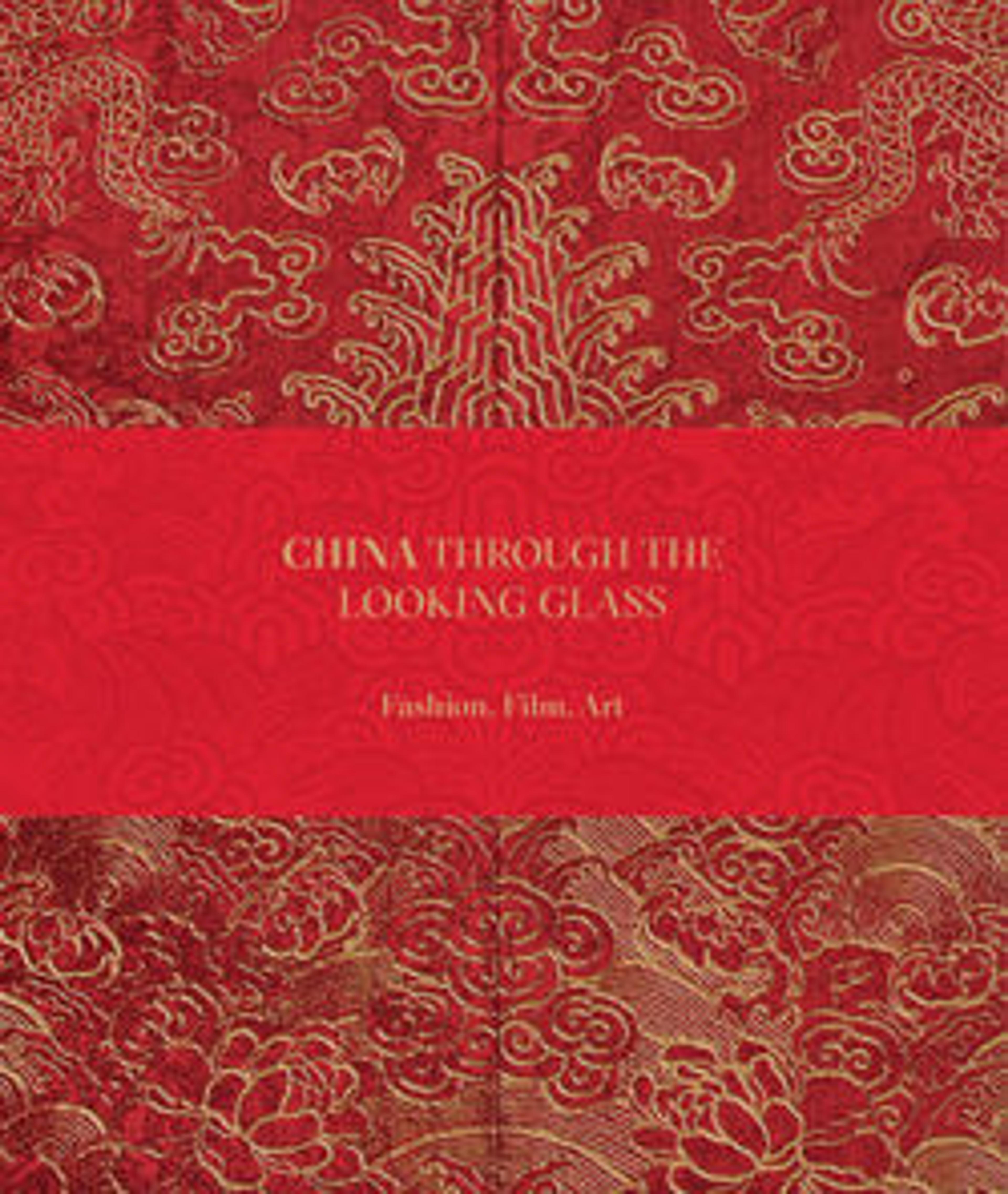Handle-shaped blade
Throughout the Shang and Zhou dynasties, jade continued to be used in the creation of ritualistic objects, in particular tokens of rank and symbolic aids for the celestial journey thought to be undertaken by the dead. This pale-green tablet with a concave grip and a conical hafting hole resembles a common type of Shang and early Zhou jade handle, but its large size and fully ornamented surfaces suggest that it served as a ceremonial scepter. The two broad faces of the tablet are identically decorated with a subtlety and complexity of design that illustrates the changing techniques for jade working characteristic of the later Western Zhou dynasty. Plumed birds stand atop a kneeling anthropomorphic figure, which surmounts addorsed animal masks that face both up and down the vertical axis. The upward-facing mask seems to hold the foot of the kneeling figure in its jaws; another such mask frames the erect bird in its gaping mouth.
Artwork Details
- 西周 鳳鳥紋玉柄饰
- Title: Handle-shaped blade
- Period: Western Zhou dynasty (1046–771 BCE)
- Date: 10th–9th century BCE
- Culture: China
- Medium: Jade (nephrite)
- Dimensions: L. 10 15/16 in. (26.1 cm)
- Classification: Jade
- Credit Line: Gift of Ernest Erickson Foundation, 1985
- Object Number: 1985.214.96
- Curatorial Department: Asian Art
More Artwork
Research Resources
The Met provides unparalleled resources for research and welcomes an international community of students and scholars. The Met's Open Access API is where creators and researchers can connect to the The Met collection. Open Access data and public domain images are available for unrestricted commercial and noncommercial use without permission or fee.
To request images under copyright and other restrictions, please use this Image Request form.
Feedback
We continue to research and examine historical and cultural context for objects in The Met collection. If you have comments or questions about this object record, please complete and submit this form. The Museum looks forward to receiving your comments.
